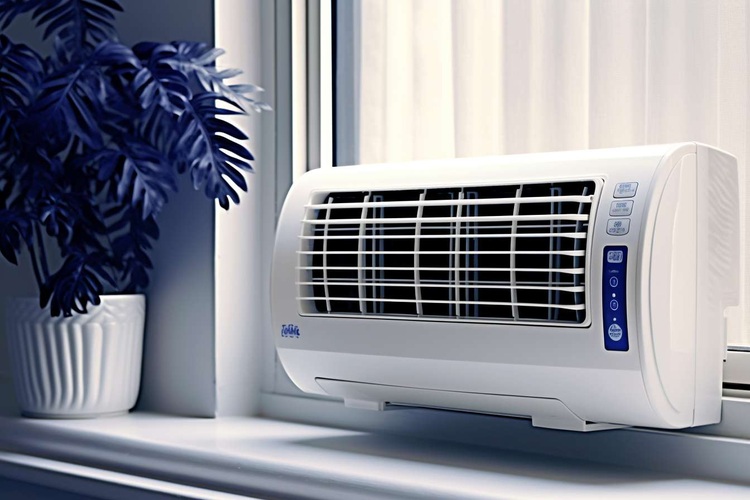How a Humidifier Affects Home Air and Moisture Control
A humidifier is a household device that adds moisture to indoor air to help balance relative humidity. In many climates and during heating seasons, indoor air can become dry, which may affect comfort, wood furniture, and some electronic items. Understanding how a humidifier works and when to use one helps you manage air quality and moisture levels more effectively in your home.

This article is for informational purposes only and should not be considered medical advice. Please consult a qualified healthcare professional for personalized guidance and treatment.
What is a humidifier?
A humidifier is a device designed to increase the amount of water vapor in the air. There are several basic operating methods: evaporative units push air through a wet wick or filter; ultrasonic models use vibrations to produce a fine mist; and steam or warm-mist units boil water to release vapor. Each approach affects noise level, energy use, and the kind of maintenance required. All humidifiers aim to raise indoor moisture levels to a target relative humidity range, reducing the discomfort associated with overly dry air.
How does a humidifier change home air?
When a humidifier releases moisture, it alters the home’s air by increasing relative humidity, which is the percentage of water vapor present at a given temperature. Higher humidity can make the air feel warmer and reduce static electricity. In rooms where air is dry, occupants may notice less nasal dryness and less irritation of skin and throat. However, excessive humidity can create conditions conducive to dust mites and mold growth, so it’s important to monitor the air and keep humidity within recommended ranges.
Why are moisture levels important in the home?
Moisture levels influence both comfort and the durability of household materials. Wood floors, musical instruments, and furniture can crack or warp when indoor humidity is too low, while very high moisture encourages mold, mildew, and structural damage. Maintaining balanced moisture helps preserve building materials and supports respiratory comfort for many people. The ideal indoor relative humidity is often cited as a range rather than a fixed number because optimal levels depend on temperature, occupant health, and local climate.
What types of humidifier device are available?
Common humidifier categories include portable tabletop units, whole-home humidifiers that integrate with HVAC systems, ultrasonic models, evaporative warm- or cool-mist options, and steam (vaporizer) units. Portable devices are flexible and relatively inexpensive but require frequent refilling. Whole-home systems deliver moisture through existing ducts for more even distribution but require professional installation. Ultrasonic units are typically quiet and energy-efficient, while evaporative devices can self-regulate slightly as evaporation slows at higher humidity. Choice of device depends on room size, maintenance willingness, and how evenly you want to humidify your home.
How to set humidity targets for indoor air?
Setting a humidity target involves balancing comfort and risk of moisture-related problems. Many building and health specialists suggest keeping indoor relative humidity between about 30% and 50%, though slightly different ranges may be appropriate in specific climates or seasons. Use a reliable hygrometer to measure indoor moisture and adjust the humidifier output accordingly. In colder climates, lower indoor humidity may help prevent condensation on windows, while in dry winter conditions a higher setting near the top of the recommended range can improve comfort.
How to maintain and clean a humidifier in your home?
Regular maintenance reduces the risk of mineral buildup, bacterial growth, and mold. Empty and dry portable humidifier tanks daily and wash components with soap and water several times a week. Descale or use manufacturer-recommended cleaners to remove mineral deposits from ultrasonic or evaporative units. For whole-home systems, schedule periodic inspections and filter changes through local services or HVAC technicians in your area. Using distilled or demineralized water can lower mineral deposits and white dust commonly associated with tap water.
Conclusion
A humidifier can be a useful device for managing indoor moisture and improving perceived air comfort when used appropriately. Selecting the right type for your space, monitoring humidity with a hygrometer, and keeping a regular cleaning routine will help you balance the benefits of added moisture against potential risks like mold. Understanding how humidifiers interact with home air and moisture supports healthier, more comfortable indoor environments.





